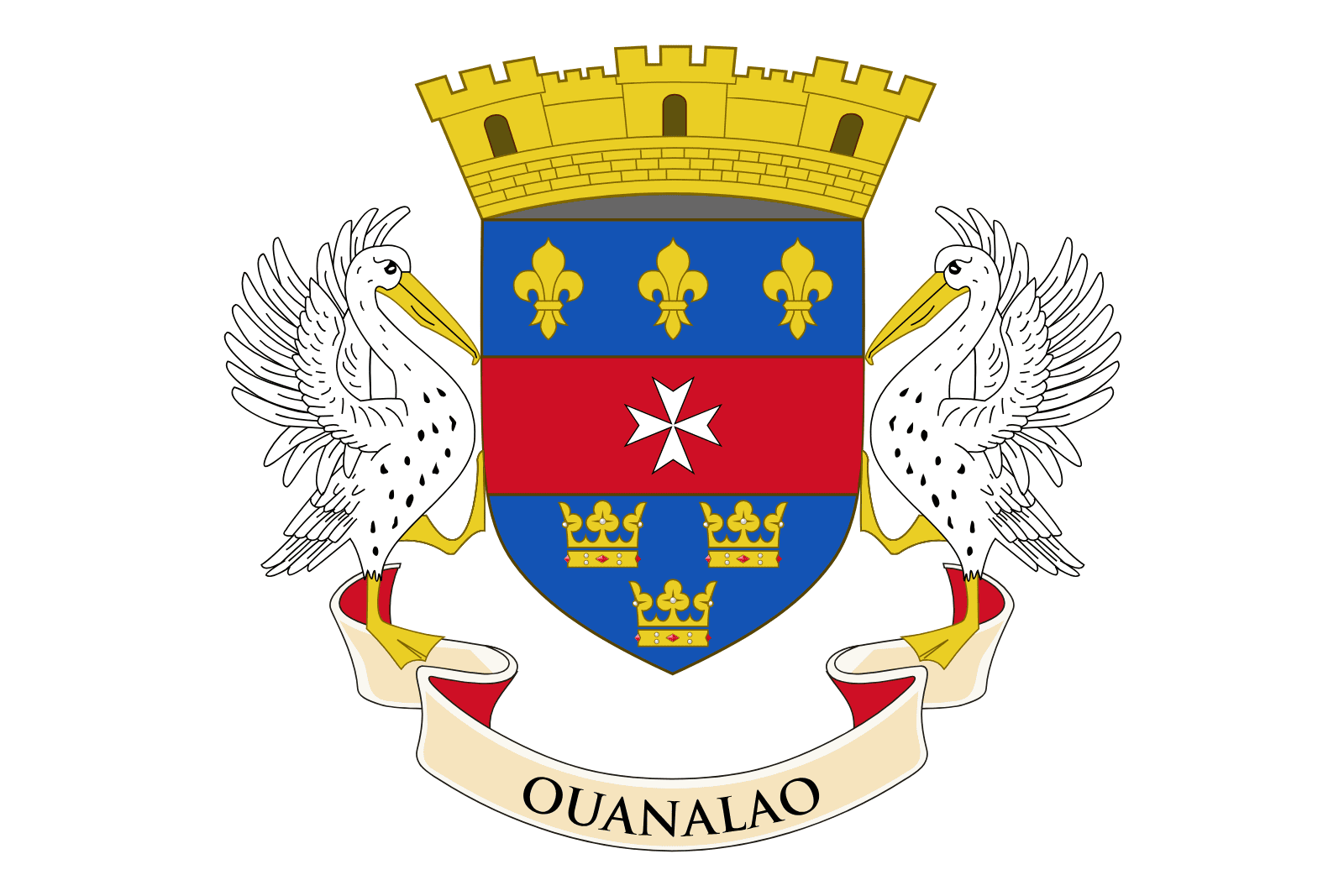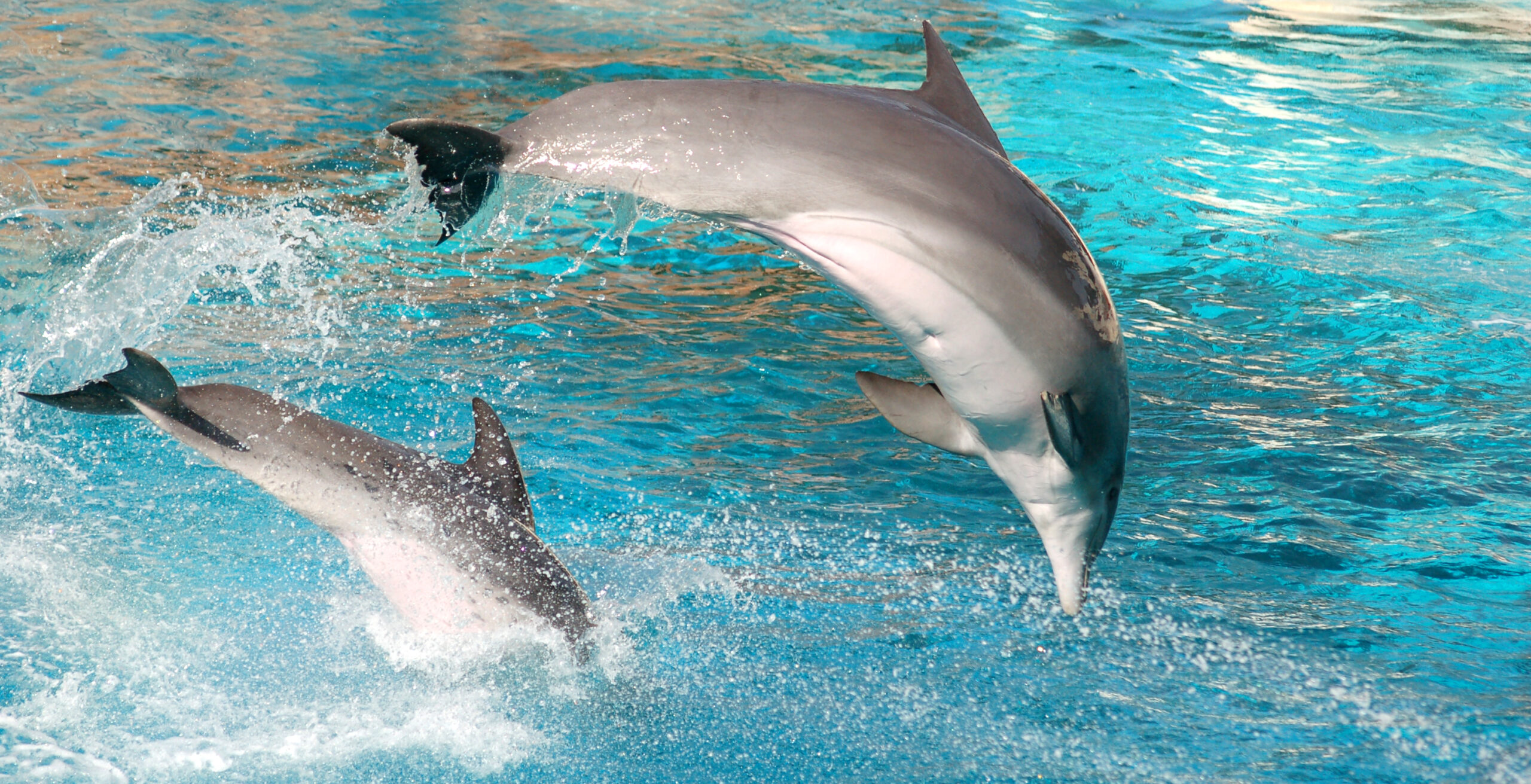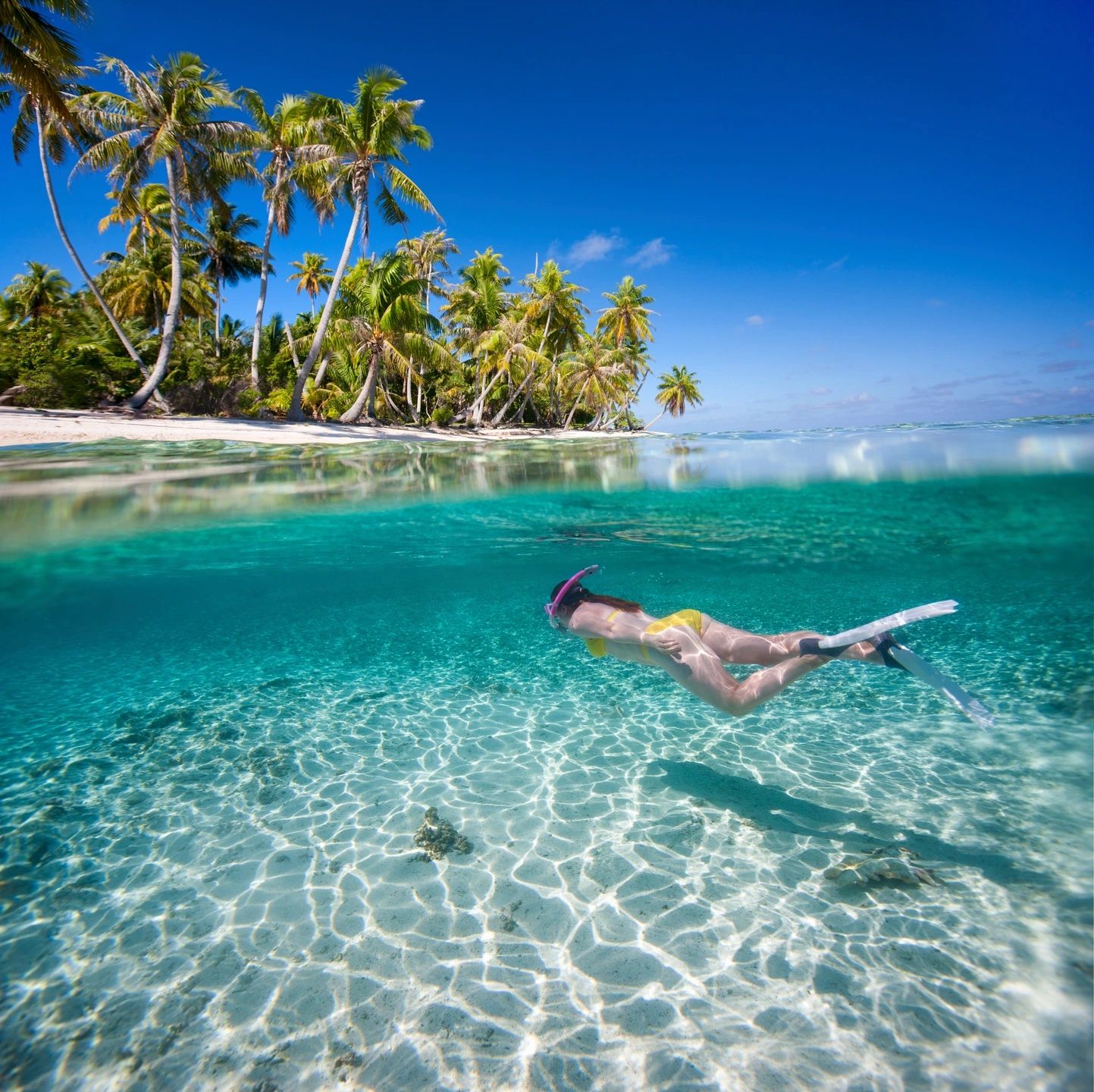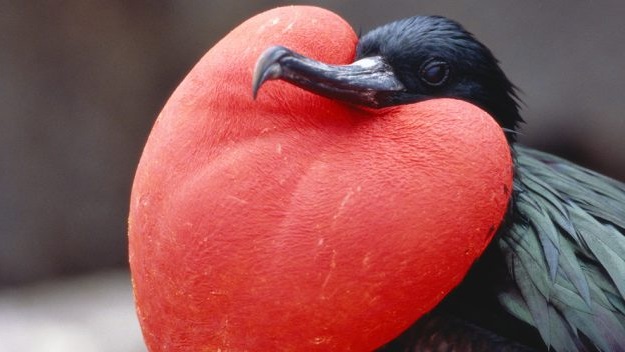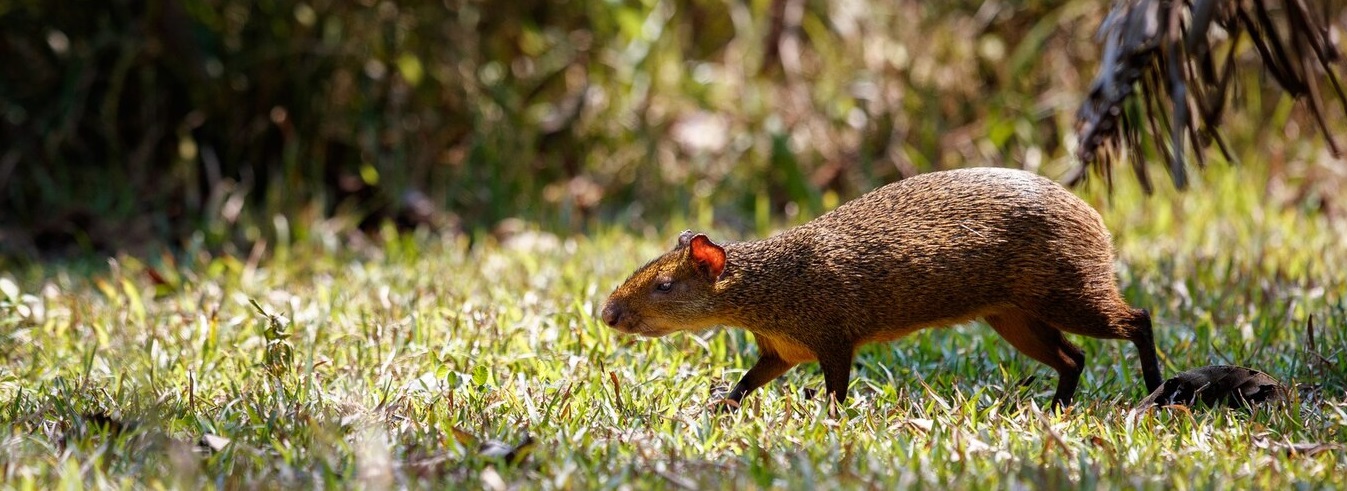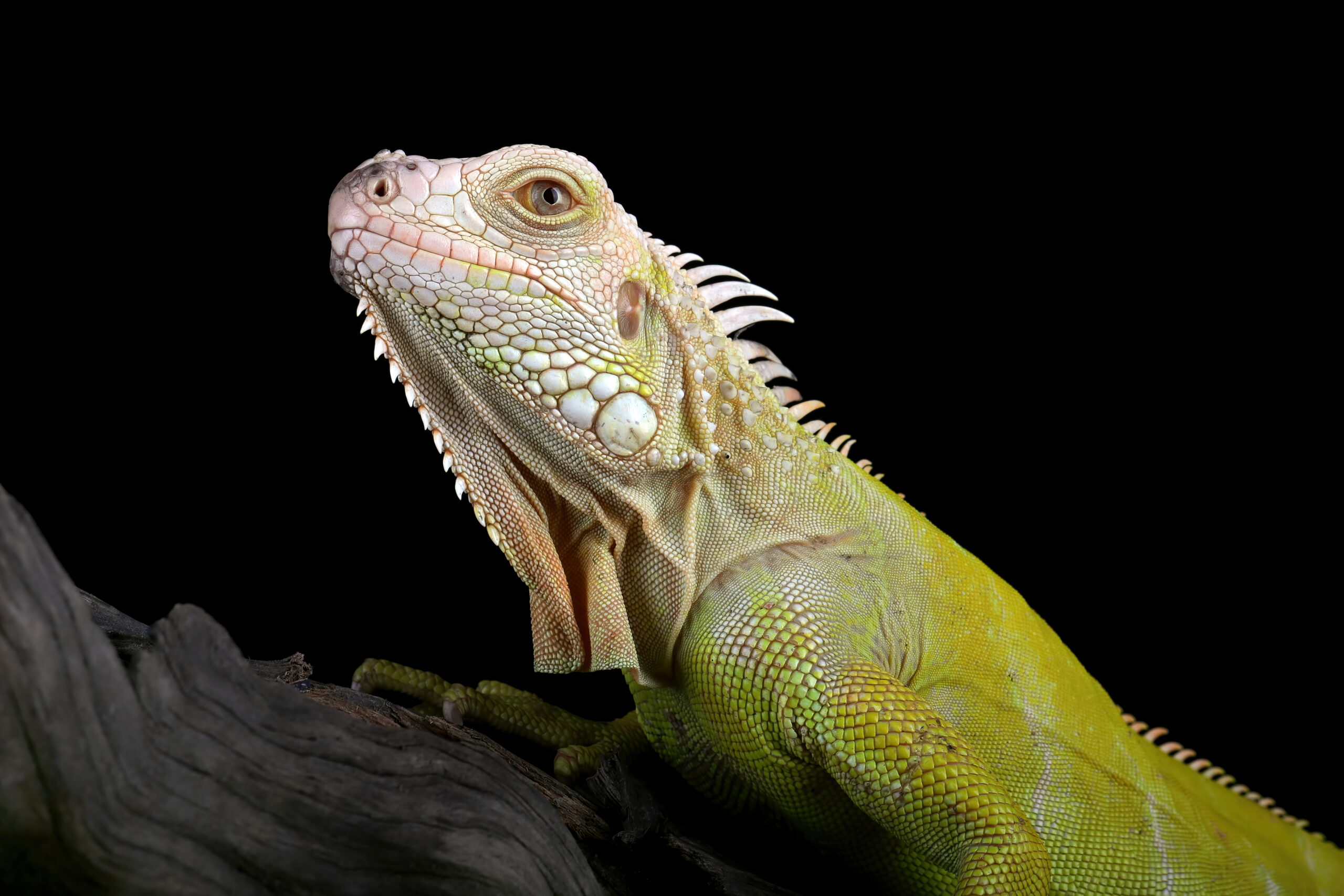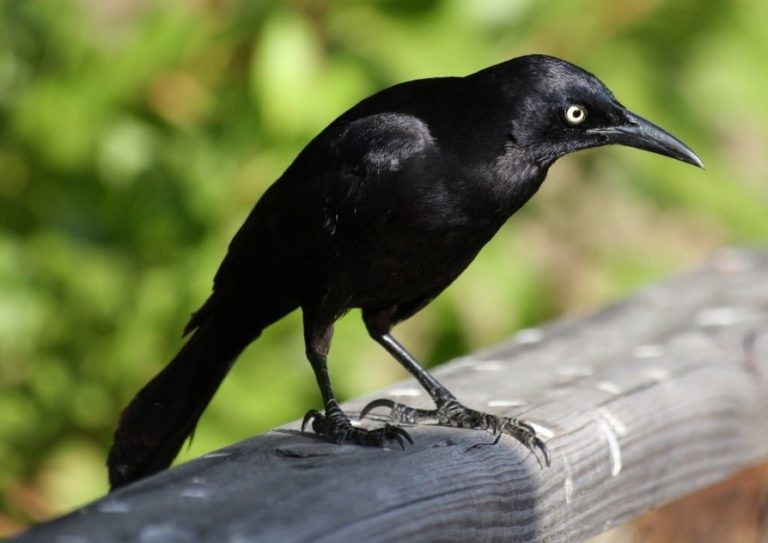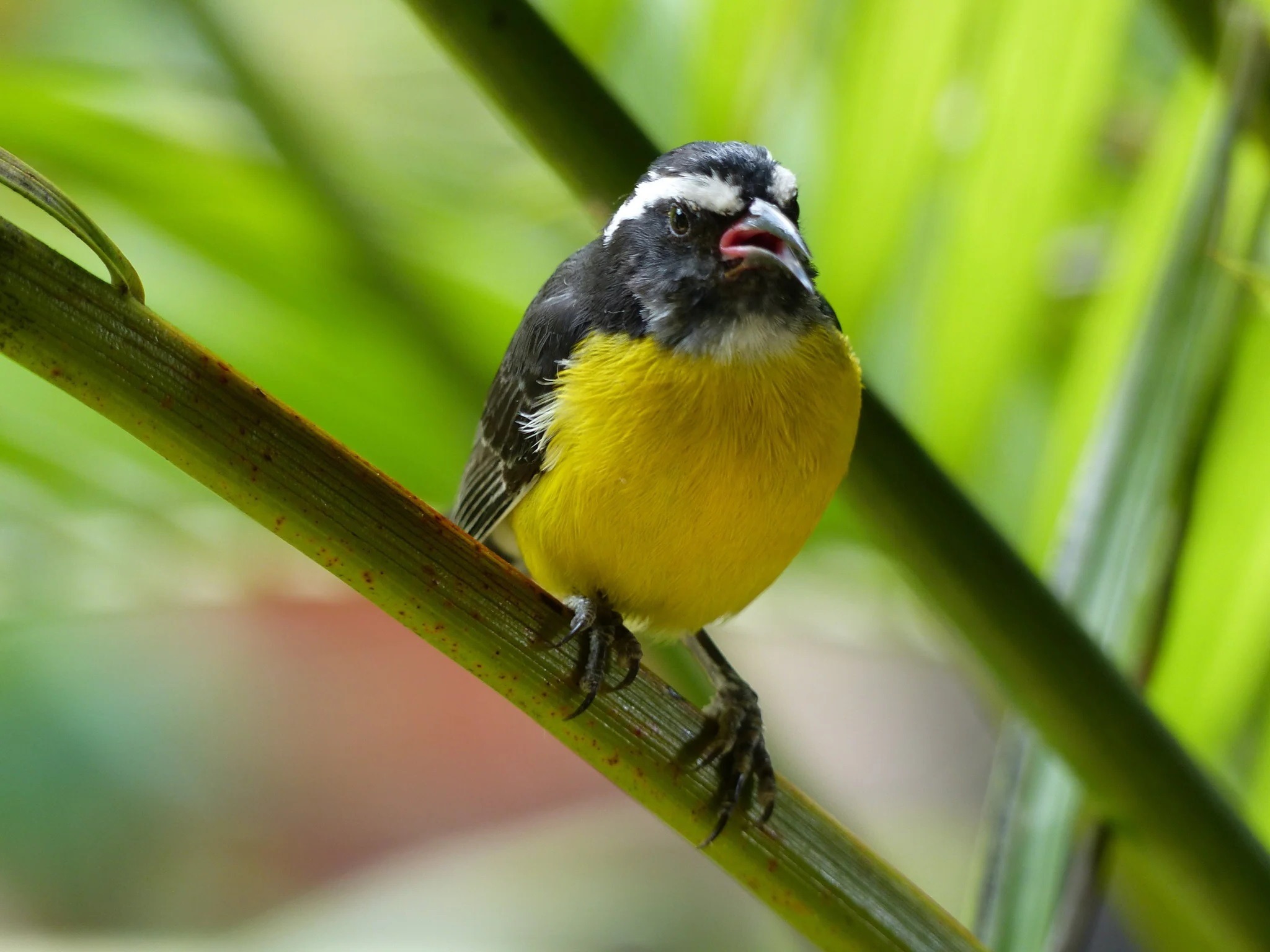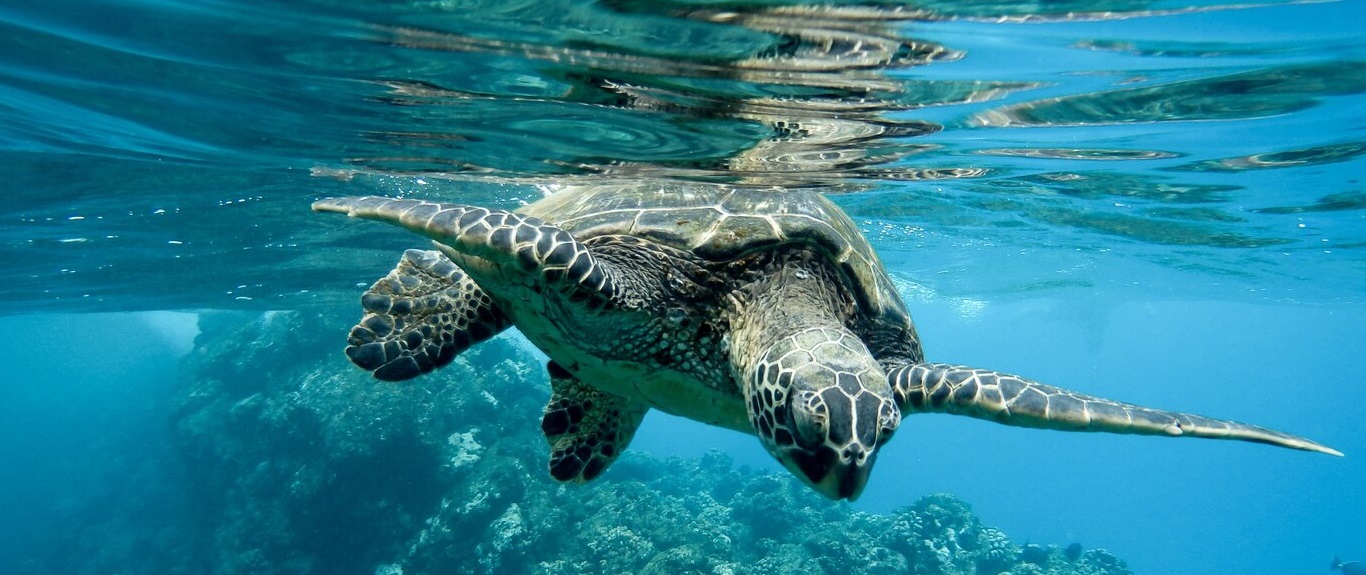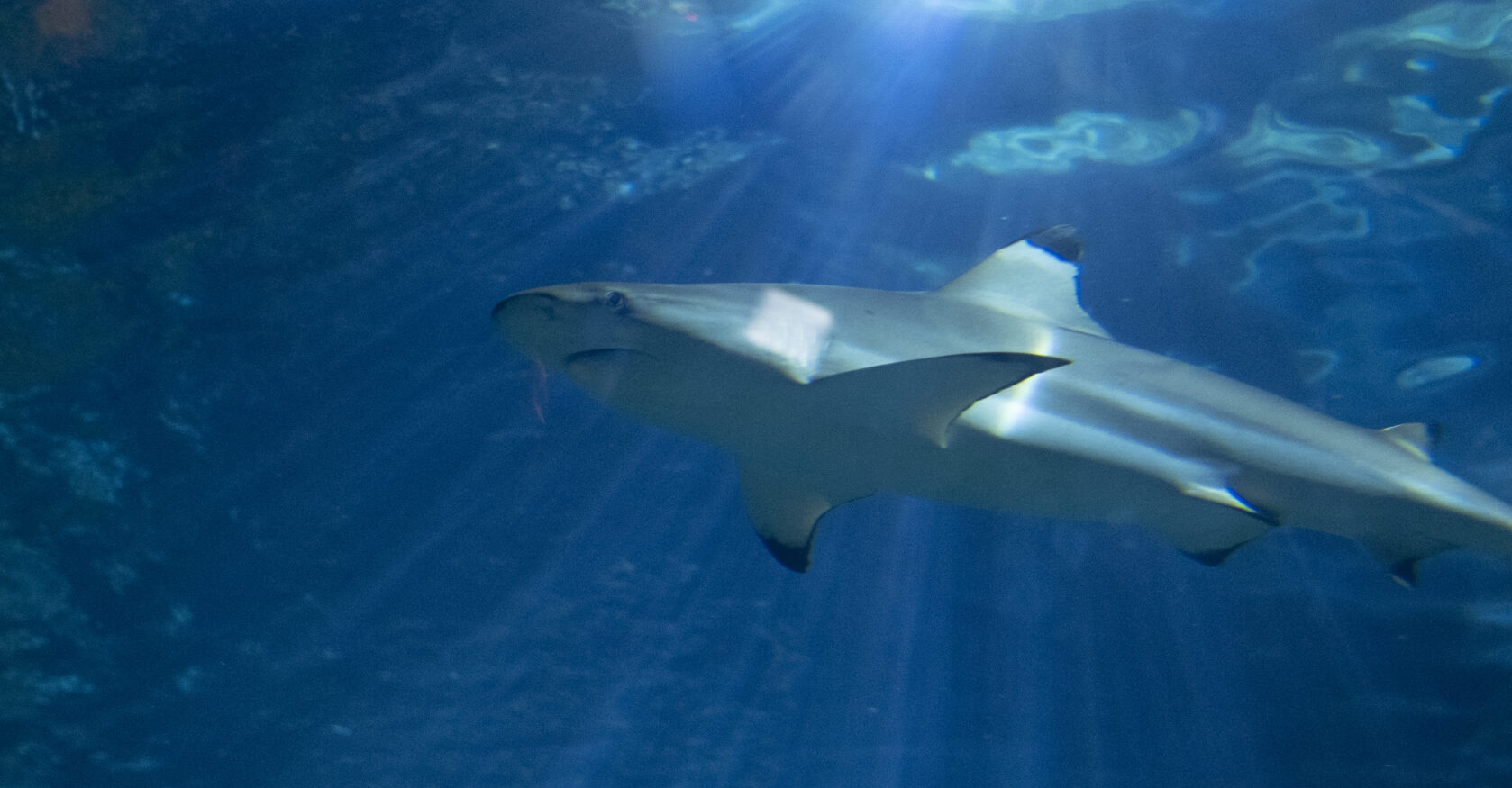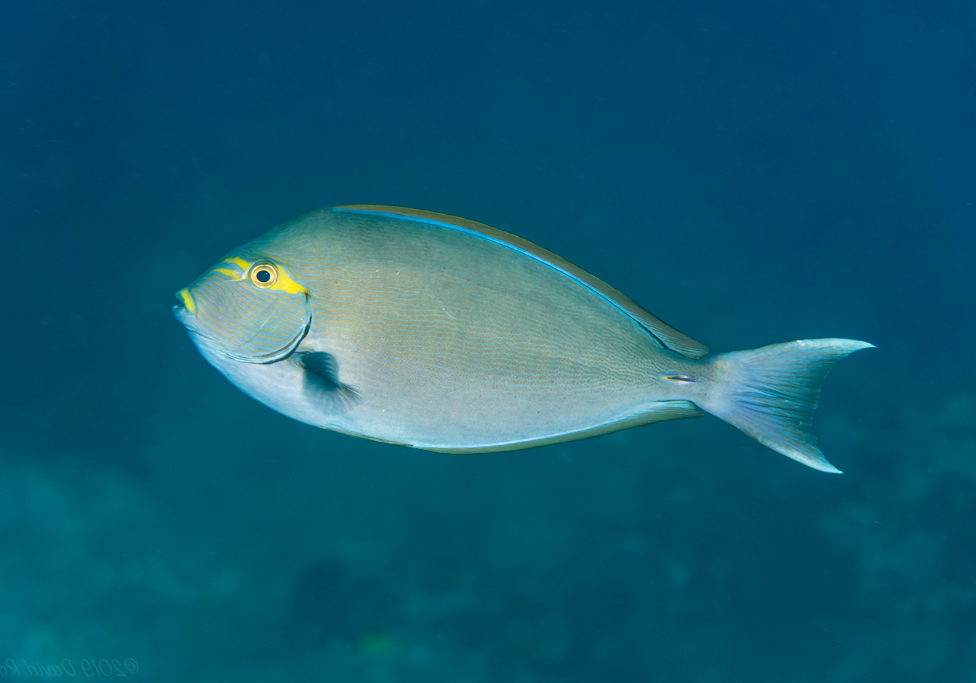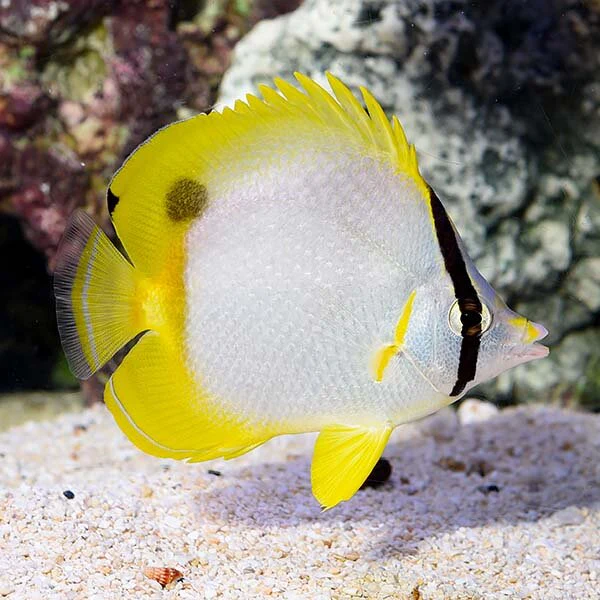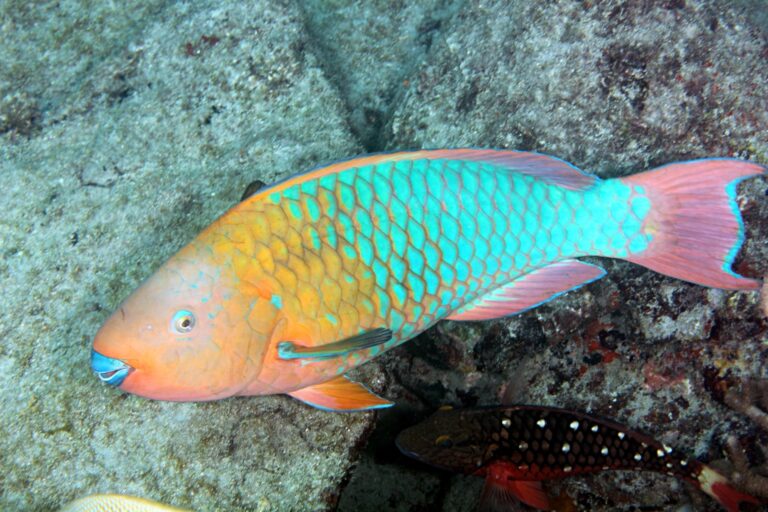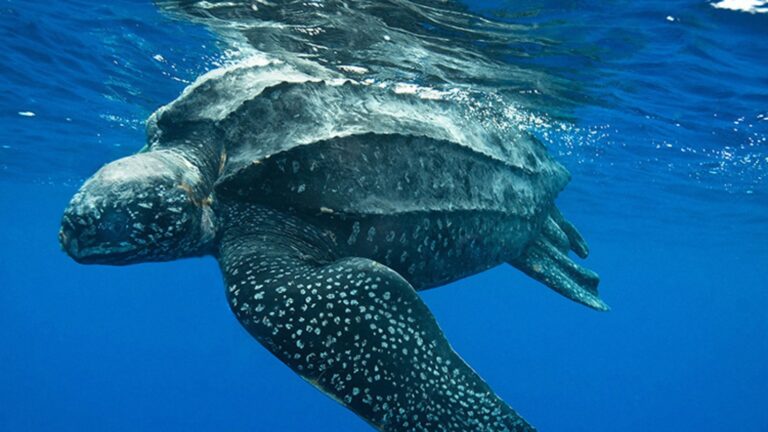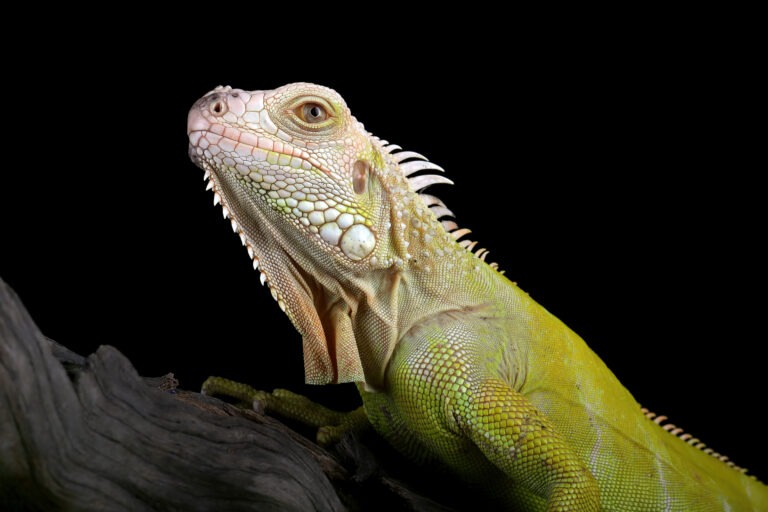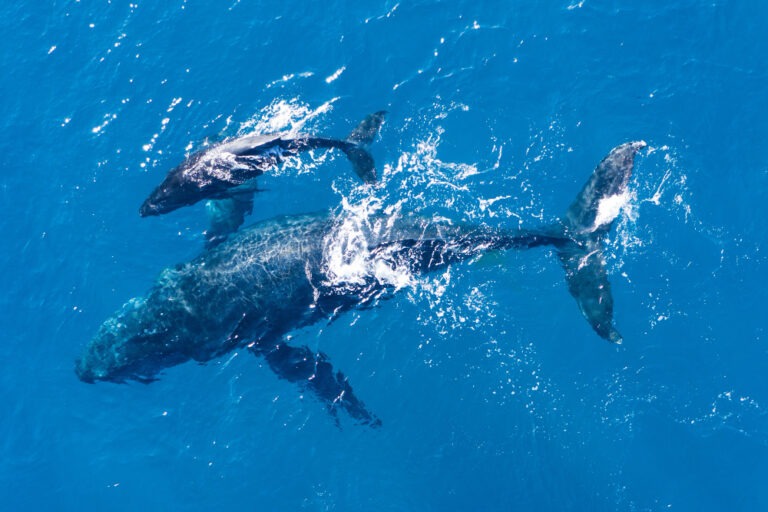The exotic wildlife in St Barthelemy
Saint Barthélemy, often referred to as St. Barths or St. Barts, is a small Caribbean island known for its beautiful beaches, luxurious lifestyle, and vibrant marine life. The island’s wildlife, both terrestrial and marine, is an essential aspect of its natural charm. Here is an overview of the wildlife you might encounter in St. Barths.
Coral Reefs
- Staghorn Coral: Known for its branching structure, this coral provides essential habitat for many marine species.
- Brain Coral: Recognizable by its grooved surface, resembling a brain, it is a crucial part of the reef ecosystem.
- Elkhorn Coral: With its antler-like shape, this coral is vital for the reef’s structural complexity.
Fish
- Parrotfish: Named for their beak-like mouths, they play a crucial role in reef health by eating algae that can smother corals.
- Angelfish: Notable for their vibrant colors and patterns, including species like the Queen Angelfish and French Angelfish.
- Butterflyfish: Small, colorful fish often seen in pairs, such as the Longsnout Butterflyfish and the Four-eye Butterflyfish.
- Surgeonfish: Recognizable by the sharp spine on their tails, including the Blue Tang and the Doctorfish.
- Groupers: Larger fish that are often seen lurking around reefs, including the Nassau Grouper and Goliath Grouper.
- Reef Sharks: Occasional sightings of species like the Caribbean Reef Shark and Nurse Shark.
Sea Turtles
- Hawksbill Turtle: Critically endangered, these turtles are often seen around coral reefs and seagrass beds. They are known for their beautiful shells.
- Green Turtle: Less common but can be seen grazing on seagrass beds.
- Leatherback Turtle: Rare sightings, usually during nesting season on remote beaches.
Dolphins and Whales
- Bottlenose Dolphins: Frequently seen playing in the waves or following boats.
- Humpback Whales: Typically seen during their migration season from December to April. They migrate to the Caribbean to breed and give birth.
Terrestrial Wildlife
Birds
- Bananaquit (Coereba flaveola): Small, nectar-feeding birds with a distinctive yellow breast and white stripe above the eye.
- Antillean Crested Hummingbird (Orthorhyncus cristatus): Tiny hummingbirds with iridescent feathers and a distinctive crest.
- Carib Grackle (Quiscalus lugubris): Blackbirds known for their glossy plumage and sociable nature.
- Brown Pelican (Pelecanus occidentalis): Frequently seen diving for fish in coastal waters.
- Magnificent Frigatebird (Fregata magnificens): Known for their impressive wingspan and aerial acrobatics.
Iguanas
- Lesser Antillean Iguana (Iguana delicatissima): Endemic to the Lesser Antilles, these iguanas are herbivorous and can be seen basking in the sun.
Mammals
- Agouti (Dasyprocta antillensis): Introduced rodent-like animals that are shy and mainly active during dawn and dusk.
Insects
- Butterflies: Species such as the Monarch Butterfly and the Julia Butterfly are common.
- Bees: Important for pollination, various species of bees can be found across the island.
- Mosquitoes: While generally not dangerous, they can be a nuisance, especially around dusk.
Conservation Efforts
- Réserve Naturelle de Saint-Barthélemy: A marine protected area covering approximately 1,200 hectares, crucial for the protection of marine biodiversity.
- Coral Restoration Projects: Local and international organizations work on coral restoration to combat the effects of bleaching and other environmental stressors.
- Nesting Sites Protection: Efforts to protect sea turtle nesting sites from human disturbance and predation.
Activities for Wildlife Enthusiasts
Snorkeling and Diving
- Anse de Colombier: A secluded bay known for its clear waters and abundant marine life.
- Gustavia Harbour: While primarily a busy port, its outer edges offer interesting underwater sights.
- Île Fourchue: A small island with excellent snorkeling opportunities and rich marine biodiversity.
Bird Watching
- Gouverneur Beach: Known for sightings of various seabirds.
- Saline Beach: A great spot for observing both coastal and migratory birds.
- Nature Reserves: Various trails and protected areas provide excellent bird-watching opportunities.
Nature Trails
- Colombier Beach Trail: A popular hiking trail leading to a beautiful beach, offering chances to see iguanas and birds.
- Côte Sauvage: Trails along the rugged coastline with stunning views and opportunities to spot wildlife.
St. Barths offers a rich tapestry of wildlife experiences both on land and underwater, making it a fantastic destination for nature enthusiasts.

